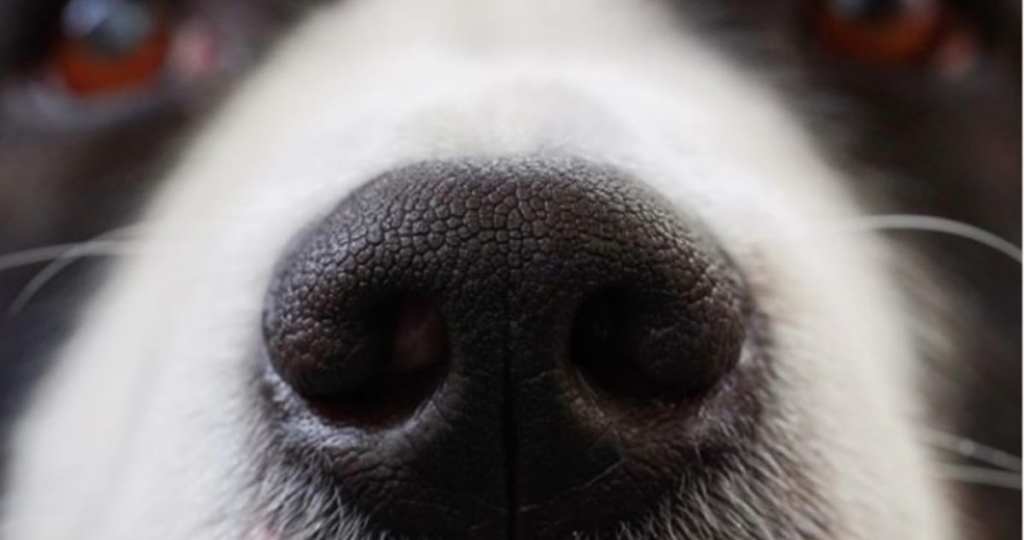It’s pretty common knowledge that dogs have a better sense of smell than humans – by a lot – but we mostly think of them being able to sniff out things like missing people, dead bodies, hunted animals, and whatever food we’re trying to keep out of their reach on the counter, but what if I told you they can actually find way more than that, armed only with their noses?
I’ve had dogs for decades, now, and I had no idea these 6 things were in their nose’s wheelhouse.
6. Invasive Pythons
https://www.instagram.com/p/B5x_mimB18Q/
Burmese pythons are an invasive snake species in the Florida Everglades, and Auburn University’s detection dogs sniff them out before they can prey on native mammals and birds. In 2010, two dogs (Ivy and Jake) flushed 19 snakes. In 2017, Floyd and Vito found 5 more in Key Largo.
5. Different Viruses
https://www.instagram.com/p/BllUIBkhHu6/
Every viruses has a specific odor, and dogs can be trained to detect different killers inside the human body. Dogs were trained on sniffing out types of viruses in cows but can now do it in humans too – the Labrador retrievers at the University of Pennsylvania’s Working Dog Center are being trained to sniff out SARS-CoV-2.
If and when they’re successful, they’ll be deployed at airports, hospitals, conferences, you name it.
There are already dogs that can detect viruses like malaria and Ebola, so this isn’t farfetched.
4. Bed Bugs
https://www.instagram.com/p/Buzk2yQFS-a/
Bed bugs can be hard to find and even harder to get rid of – they’re hard to see, but that doesn’t matter to a dog. In 2008, trained dogs at the University of Florida rooted out bed bugs and their eggs with 97.5% accuracy.
Not only that, they could also differentiate between live bigs, eggs, dead bugs, and feces.
3. Bronze Age Remains
https://www.instagram.com/p/BsnjvF-A-At/
Cadaver dogs have been known to sniff out remains that have been decomposing for decades, but in 2015, cadaver dogs found graves that contained human remains that dated back around 3000 years.
2. Cancer
https://www.instagram.com/p/BwKOVoigBnX/
There are many anecdotal tales of dogs realizing something was wrong with their human, prompting a trip to the doctor, but scientists have confirmed that different types of cancer can produce odors that dogs can catch coming off our bodies.
Serious funding has been poured into training cancer detection dogs that could help doctors catch cancer earlier, hopefully aiding in more successful treatments.
1. Fertile Cows
https://www.instagram.com/p/B2UzYnBAem3/
Dairy farmers need to know when the best time is to inseminate their cows, and until recently, have had to rely on their experience and powers of observation.
Now, dogs are being trained to pick up scents like vaginal fluid, milk, urine, and blood samples. They’re working at over an 80% accuracy rate, and a 60% accuracy rate in saliva alone.
Pretty crazy, right? It makes you almost appreciate all of the food they don’t steal when they have the chance.
Which one of these surprised you the most? Tell us in the comments!






